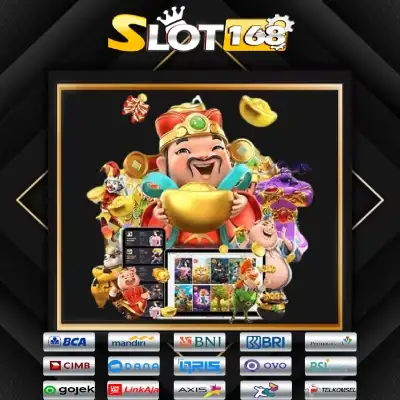
Slot168 Situs Slot Gacor Bet 100 Rupiah Gampang Menang Maxwin
Regular price
Rp 15.000,00
Regular price
Rp 25.000,00
Sale price
Rp 15.000,00
Unit price
/
per

Mau menang jackpot maxwin dengan gampang pakai modal bet kecil 100 rupiah sekarang dapat anda realisasikan lewat situs resmi slot168 terpercaya Indonesia. Karena kami menawarkan permainan slot gacor terbaru dengan kualitas terbaik dunia yang dapat anda nikmati dengan sangat leluasa sekali. Oleh karena itu, kami sarankan anda untuk segera daftar akun slot bet 100 perak melalui agen resmi slot168 nomor 1 nusantara.
Share

